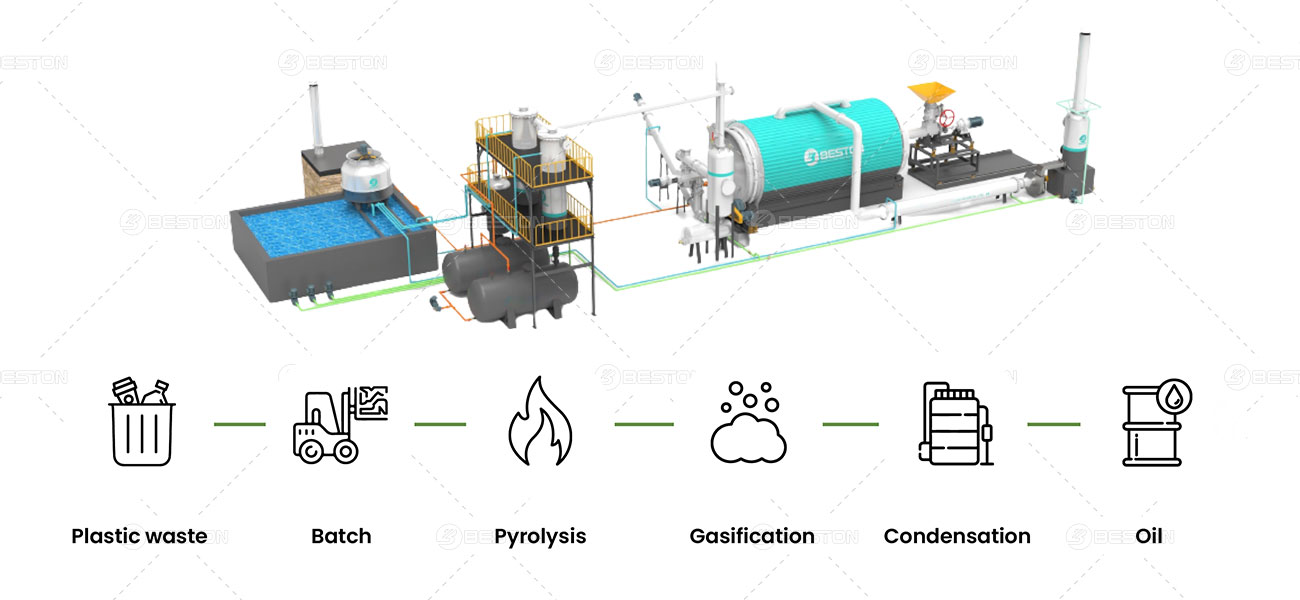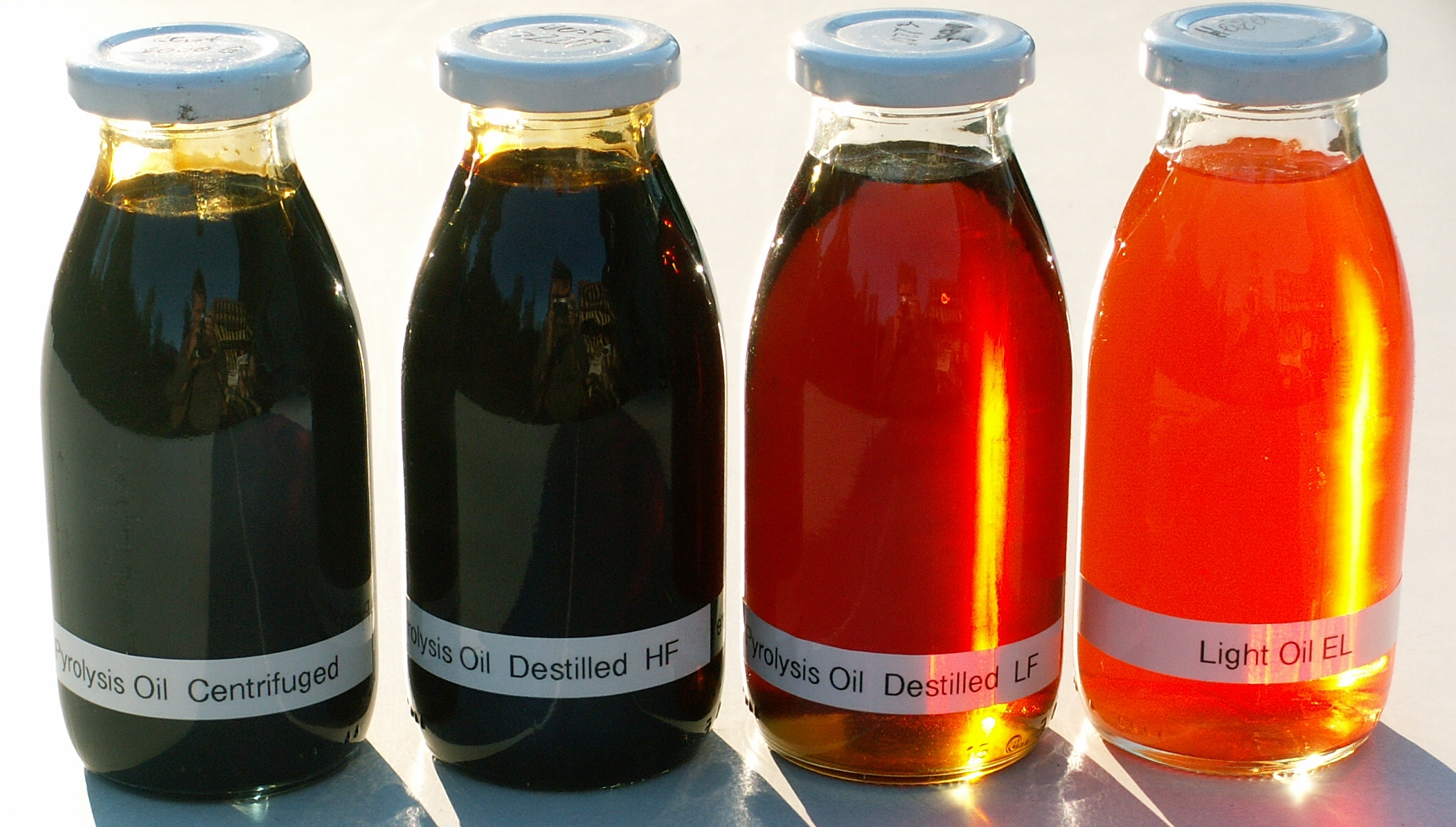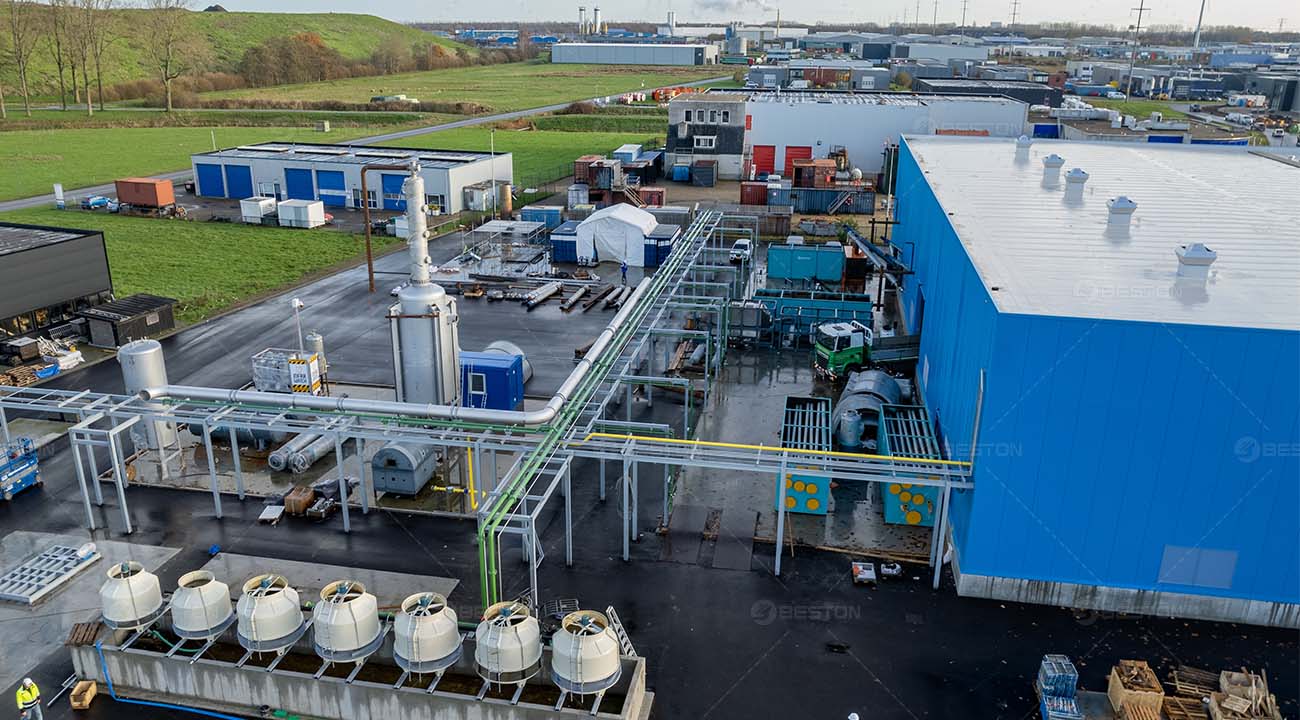Operating a charcoal machine efficiently requires a deep understanding of the feedstock properties. Different raw materials—such as wood, sawdust, bamboo, and agricultural waste—have distinct moisture levels, density, and volatile content. These factors greatly influence the carbonization temperature, reaction time, and overall yield. Operators must test each batch or type of raw material beforehand to calibrate the machine settings accordingly. For example, denser hardwoods demand a longer carbonization cycle compared to light agricultural residues.
Moisture Content Needs Careful Monitoring
No matter the raw material, moisture content plays a crucial role in determining the success of the carbonization process. A charcoal production machine typically performs best when feedstock moisture is maintained below 15%. High moisture slows down the process, consumes more fuel, and reduces carbon yield. Pre-drying may be necessary for materials like bamboo or freshly cut wood, which naturally retain more water.
Particle Size Matters for Uniform Heating
Uniform particle size ensures consistent heating and optimal gas flow inside the reactor. Materials like sawdust or rice husks should be processed using a sawdust charcoal making machine, which is specifically designed to handle such fine particles. On the other hand, bulky materials such as coconut shells or wood logs should be crushed or shredded to prevent clogging and uneven heating during the pyrolysis process.

Airflow and Temperature Adjustments by Material Type
Operators must adjust airflow and temperature settings based on the type of biomass being used. Wood charcoal production typically requires a slow-burning process with minimal oxygen to prevent combustion, while bamboo carbonization may demand slightly higher temperatures due to its high fiber content. A wood charcoal manufacturing machine can provide better temperature control, which is critical for maintaining consistent output quality.
Residue Management and Byproduct Collection
Different materials leave behind varying amounts of ash and tar. For instance, processing bamboo may produce more liquid byproducts than wood or sawdust. The charcoal machine should include effective gas purification and tar separation systems. Operators must routinely clean these systems to prevent blockage and ensure environmental compliance. Machines like the bamboo charcoal machine are engineered to handle this efficiently, improving both safety and output.

Pre-Treatment Enhances Carbonization Efficiency
Some materials benefit from pre-treatment before entering the carbonization furnace. For example, using a crusher and dryer before feeding coconut shells can dramatically improve the efficiency of the carbonization process. This step helps regulate the input size and moisture, ensuring the charcoal production machine runs under optimal conditions. Pre-treatment also reduces energy consumption and machine wear.
Safety and Operator Training
Working with high-temperature carbonization equipment requires proper training and safety protocols. All staff should understand emergency procedures, temperature control systems, and regular maintenance requirements. This is especially true when switching between different materials, as each has a unique reactivity profile. Overheating can cause fires or pressure build-ups if the wrong settings are used for a particular material.
Final Product Quality Control
The end-use of the charcoal—whether for BBQ, soil improvement, or industrial fuel—dictates its desired characteristics. Different materials yield varying fixed carbon content and burning properties. Quality testing of the final product, including ash content and density, is necessary to ensure it meets market standards. Operators should adapt the processing conditions to consistently deliver high-quality charcoal, regardless of feedstock type.

Conclusion: One Machine, Many Materials—But Care Is Key
A well-designed charcoal machine can process various types of biomass materials, but each type requires tailored operational settings. Attention to moisture, particle size, temperature, airflow, and residue management is essential. Whether you’re using a wood charcoal manufacturing machine or a sawdust charcoal making machine, understanding the nuances of each material ensures maximum efficiency and product quality. By following these best practices, operators can make the most of their investment and contribute to sustainable carbonization processes across industries.


















